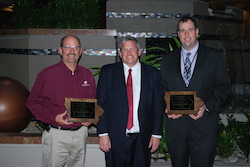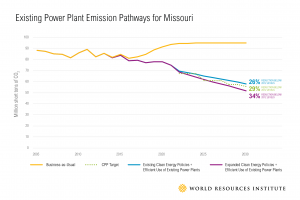 One of the issues for biodiesel producers is corrosion of equipment by chemicals used in the production process. Pennsylvania-based chemical company Arkema has developed a low corrosion version of Methane Sulfonic Acid (MSA LC) that will turn free fatty acids into quality biodiesel without using the acids that damage the biodiesel production equipment.
One of the issues for biodiesel producers is corrosion of equipment by chemicals used in the production process. Pennsylvania-based chemical company Arkema has developed a low corrosion version of Methane Sulfonic Acid (MSA LC) that will turn free fatty acids into quality biodiesel without using the acids that damage the biodiesel production equipment.
“MSA LC provides excellent corrosion control while maintaining high conversion to and yields of quality biodiesel,” said Vijay Srinivas, principal research scientist in Arkema’s North American thiochemicals business unit. “Its use reduces plugging by salts downstream in the process and reduces catalyst loss compared to sulfuric acid. In addition, using MSA LC significantly reduces the amount of base catalyst required for the subsequent trans-esterification step, which allows the acid recovered in the aqueous phase after esterification to be reused elsewhere in the process, resulting in overall cost savings,” Srinivas noted. “The biodiesel produced using MSA LC has less metal content and less sulfur,” he added.
Benefits of MSA LC include better color and clarity of the resulting biodiesel as well as the flexibility to use diverse feedstocks with FFA content from very low concentrations to high concentrations. Use of MSA LC can also help eliminate or reduce waste treatment because MSA LC salts are completely biodegradable with low COD.
MSA LC is fully compatible with standard stainless steels AISI 304, AISI 316, and the low carbon or Ti stabilized versions. Using the MSA LC grade in a biodiesel unit can significantly reduce the risk of corrosion in pipes, reactors, separators, and purification units.
Overall, MSA LC is a very versatile acid that provides strong acidity, high solubility of alkali metal salts, biodegradability and, for esterification processes, high selectivity of the reaction. It is most often delivered, transported and used as a 70 percent aqueous solution.
If you’d like to find out more, you can visit Arkema’s booth (#128) at the 2016 National Biodiesel Conference & Expo on Jan. 25-28, 2016, at the Tampa Convention Center in Tampa, Florida.








